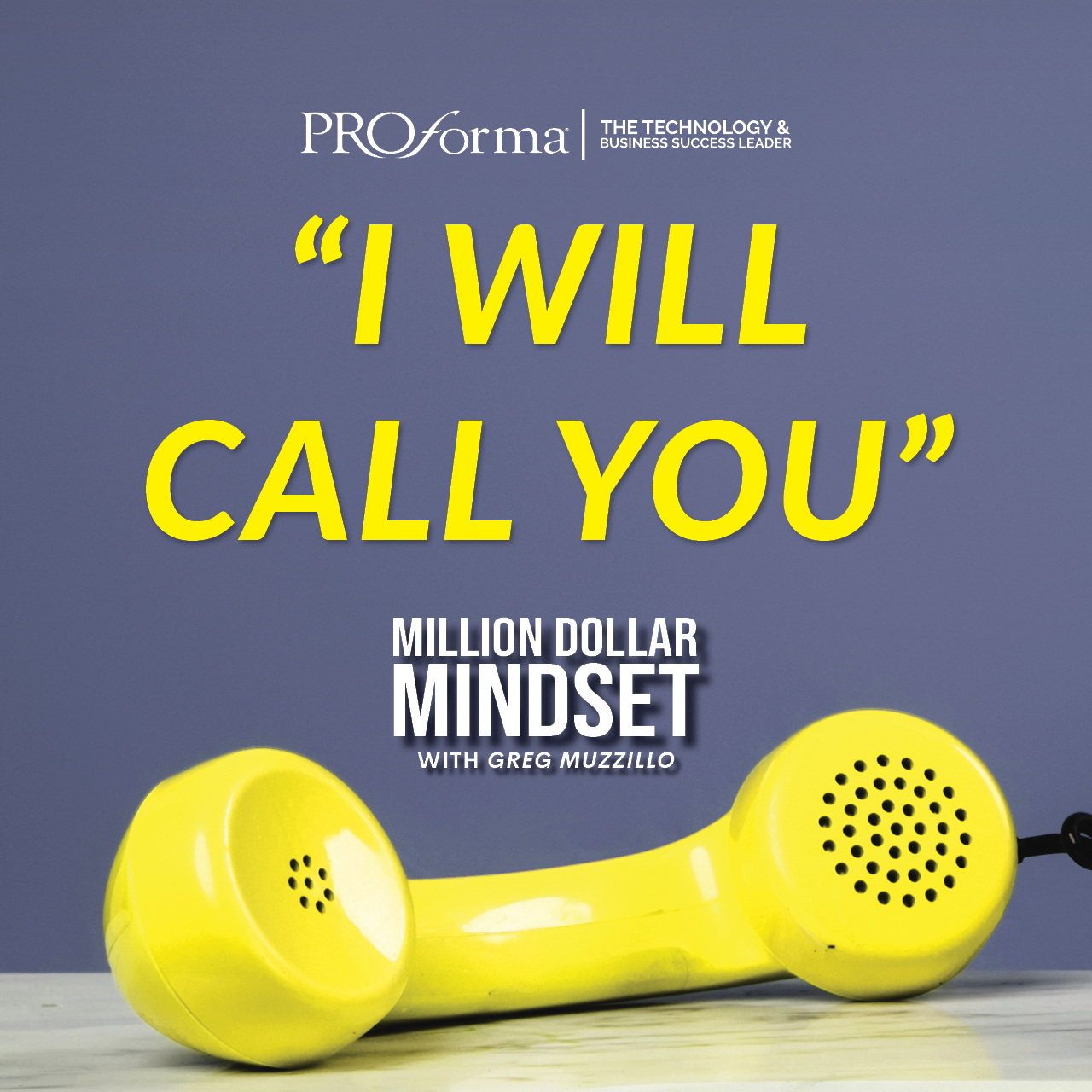Imagine this: The event is going a lot better than you had expected. Everyone seems really excited about the new launch, and a bunch of the prospects in attendance have expressed interest in learning more about what you can offer. You have gathered lots of new, quality leads it seems! Even better, your chief marketing officer just walked by with a big smile on his face and gave you a pat on the back for a job well done. You are more than a little proud, as you were involved with the event planning, and single-handedly managed the selection and purchasing of the promotional giveaways that everyone loved!
Flash forward two days later in the office. The mail arrives and an official looking envelope lands on your desk. Either it’s a check, something tax-related or it’s from an attorney’s office. You open it with some trepidation, and suddenly your day—no, your entire year—got a lot worse. Apparently someone tested your promotional giveaways (with your company’s brand on it) for compliance, and they failed to meet Prop 65 guidelines (what is that anyway?).
You look up, and there is your chief marketing officer and your legal counsel (who never comes down to your floor) next to your desk. Mr. Legal is holding a copy of the same letter you received in his hand. They do not look happy. Uh-oh.
Does that sound like a scene from a bad movie? Maybe it would not make a great movie, but it does happen every day in corporate America. Every month, there are hundreds of recalls of products that don’t meet regulatory standards, and just in 2015 there were 582 Prop 65 settlements costing more than $26 million.
Over the last decade, companies that decided to settle rather than take on a public fight in court paid more than $150 million in Prop 65 settlements to date.
It’s a treacherous new world out there for marketers and marketing category buyers, but don’t despair! This blog post will give you three things you should be aware of and three best practices that you can start applying tomorrow to keep your brands (and your careers) safe.
First, here are three things you must be aware of as a buyer of promotional merchandise:
- The supplier of the product is responsible, but you may still be exposed
- If you are reselling any product, you must know where it comes from
- In California, any individual (or ambulance chaser) can bring a suit for a violation
Let’s cover those one by one:
The Consumer Product Safety Act (CPSA) is a U.S. law that puts the responsibility of product safety and compliance on the supplier of the product. So, ultimately, the vendor that sold you the goods is responsible for any kind of incident that results in a product recall or a lawsuit. That being said, if you purchased goods directly from a vendor online, like from Alibaba, or even if you are working with a local mom-and-pop store down the street, your ability to hold that vendor accountable for any issue likely is very limited. And even if you can hold your vendor accountable from a financial perspective, odds are that you will never be compensated for the brand damage caused by the incident.
Often branded merchandise is purchased for resale in company stores or retail businesses. When that is the case, the California Transparency in Supply Chain Act may apply to you, whether your business is located in California or not. The act requires large retailers and manufacturers doing business in California to disclose what they are doing to ensure that their supply chains are free from slave labor and human trafficking. Any product purchased from a vendor and resold to the public will be subject to the same disclosure requirements.
Currently, this law only applies to companies with more than $100 million in sales, but that likely will change in the years to come to include smaller companies.
Finally, and maybe the scariest of all, is the California Proposition 65. Originally passed as the Safe Drinking Water and Toxic Enforcement Act, it now is most often referenced to as Prop 65. It is a “right-to-know” law that creates a right for consumers to be informed before being exposed to any chemicals known to cause cancer or other harm.
This law is particularly challenging in two ways:
- Any amount of such chemicals, even in small doses that are unlikely to be harmful if the product is used as intended, requires disclosure.
- Any individual can file action against an alleged violator in a state court.
This structure has created incentives for individuals and law firms to actively search for possible violations and file lawsuits, even if there has been no injury or harm. The reality is that most businesses decide to settle rather than spending the effort and money to go to court and fight it.
In fact, it was a California attorney using a XRF-gun (a portable technology device that identifies the chemical makeup of any product using an X-ray beam), that detected small levels of cadmium in McDonald’s Happy Meal drinking glasses featuring characters from the movie “Shrek” a few years back. This lead to a very large and costly recall of 12 million glasses nationwide. Note that McDonald’s did this even though the levels of chemicals found were not considered harmful to humans, and despite the fact that they were in compliance with all state and federal laws.
So what is the takeaway from all this? You have to be careful when using your brand on promotional products. Do not just assume that your vendor knows what they are doing. Make sure they do.
Here are three strategies to keep your brand and career safe:
1. Develop Partnerships with Transparent Suppliers
Insist on transparency from your vendors. Ask detailed questions about their processes and the factories they use. Enter into formal agreements with vendors that you have verified, and only use those vendors. Don’t fall for the temptation to save a few cents on a product from an online discount site or new price dropping vendor unless you are absolutely certain you know that those products are safe and compliant.
2. Trust but Verify
Once you have found a partner that you trust, verify that they can back up their promises. Ask for documentation on a few products to ensure they can walk the walk. If your vendor is reliable, it should not hesitate to respond to your request, but rather welcome it. Be suspicious if it gives you the runaround and tries to explain why you really don’t need to see all that documentation. A good partner should be able to explain what it does to keep your brand safe, and back it up with proof.
3. Don’t Be Penny Wise and Pound Foolish
There is a cost associated to responsible sourcing. It takes real money and effort to continuously test products, to do quality assurance and to audit factories for social compliance. As a result, the most reliable suppliers may not always be the cheapest. If you beat up a vendor on price to save a few cents, you may get the price you want, but a product that has not been through the proper processes, or maybe even a product from a sweatshop that you would never want to associate your brand with.
In conclusion, marketers and marketing category buyers need to be aware of any risks they expose their brands to, and these risks are well documented risks with promotional merchandise. The good news is that there are excellent vendors that take product safety and compliance very seriously, and can ensure that your brand is always safe and represented in a positive way, consistent with your brand image.



